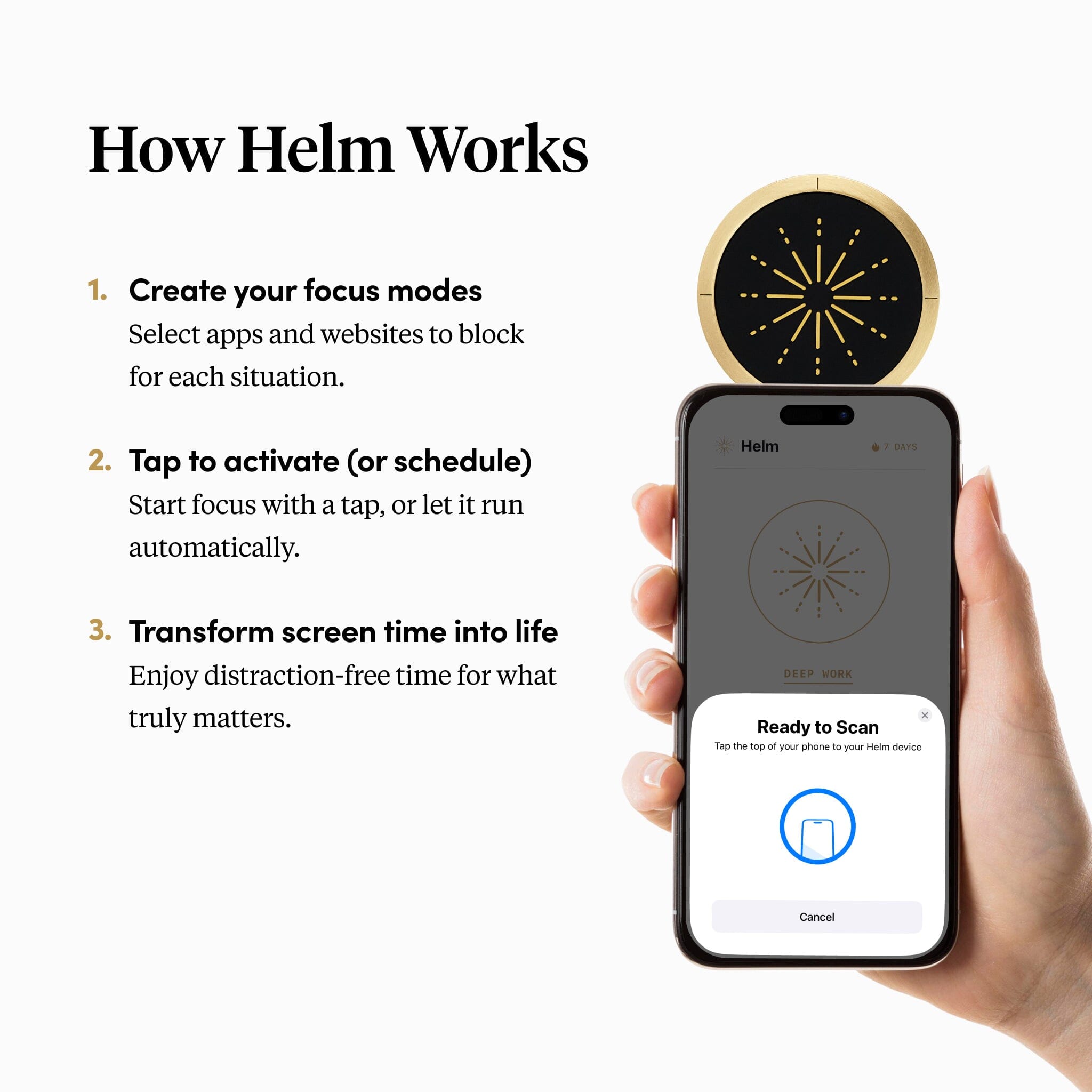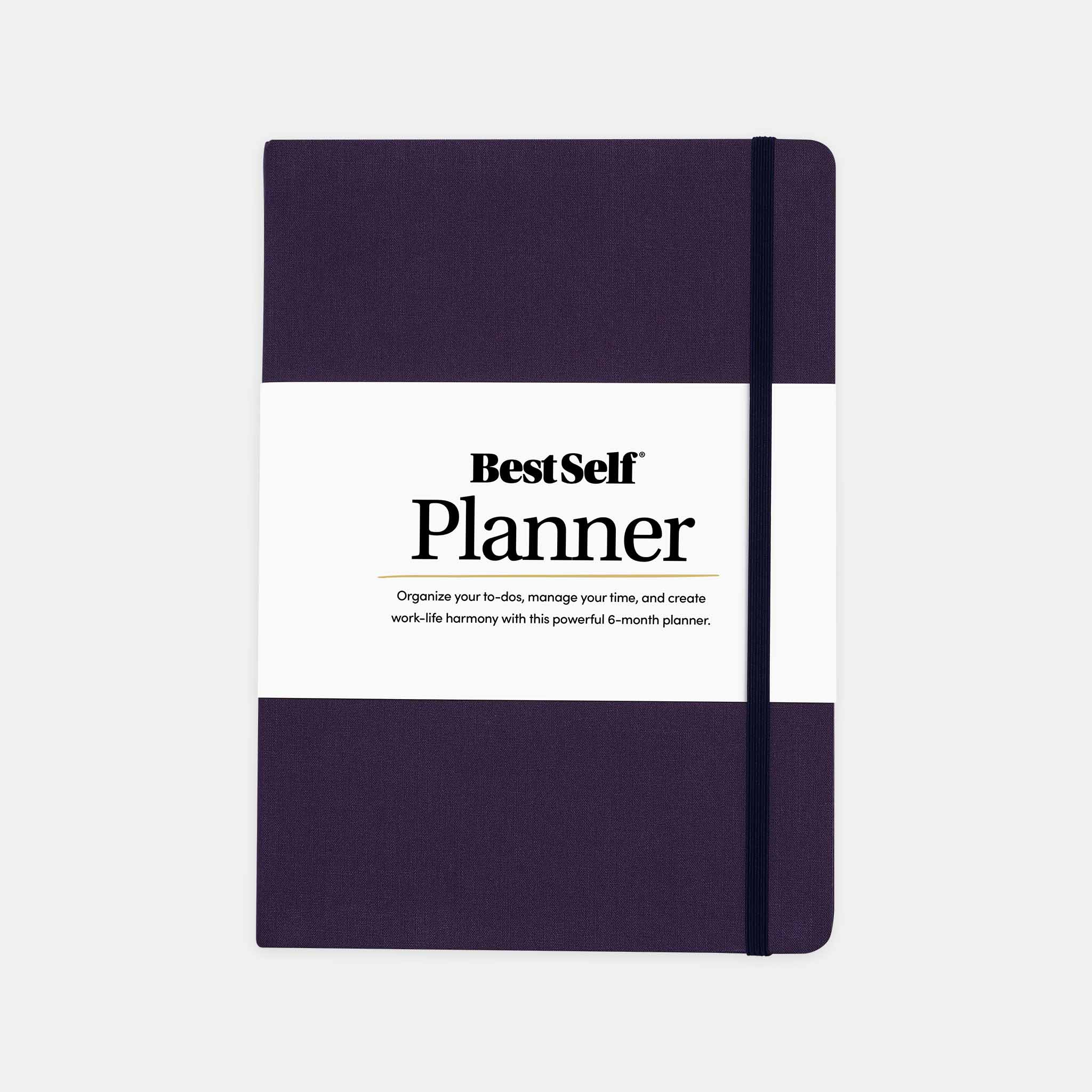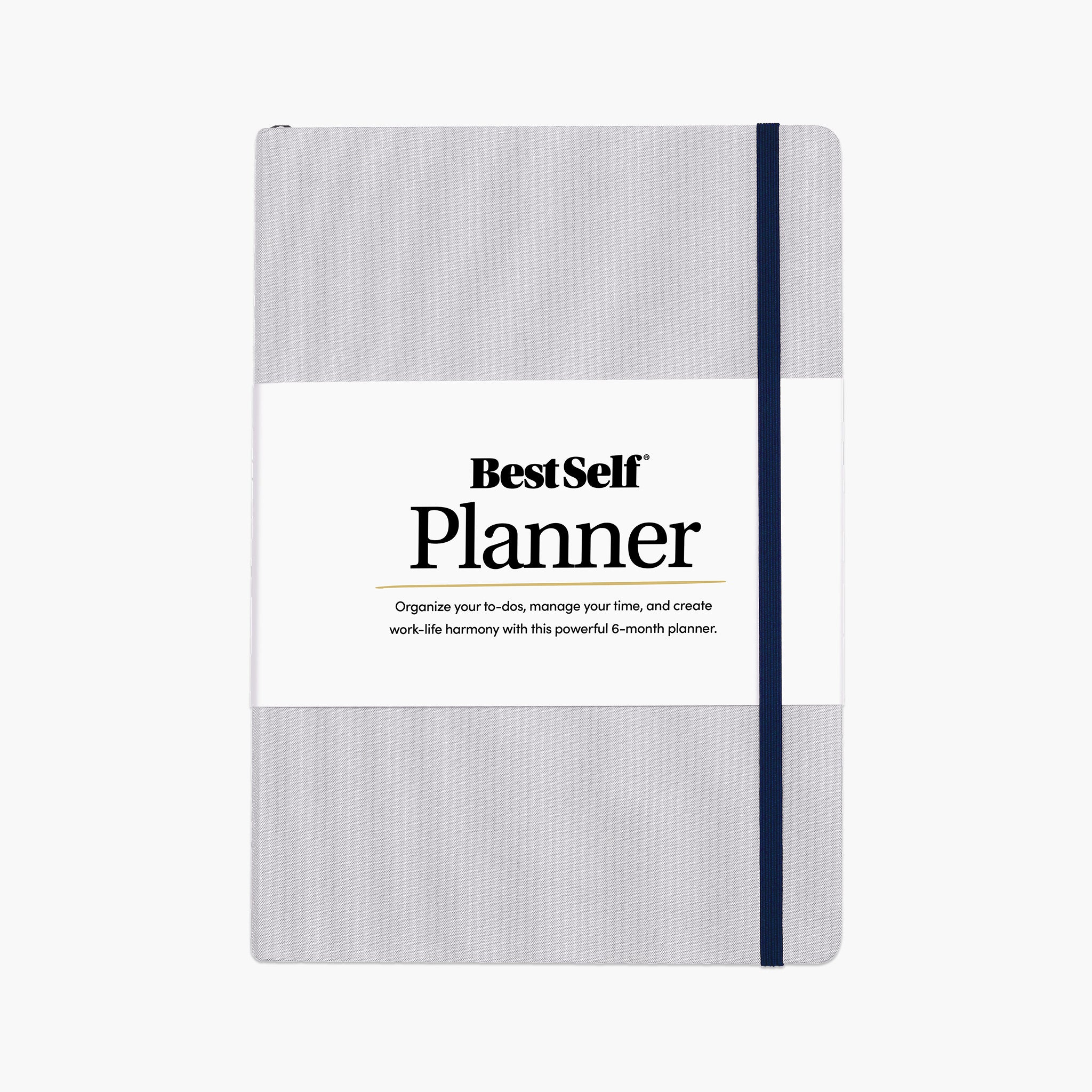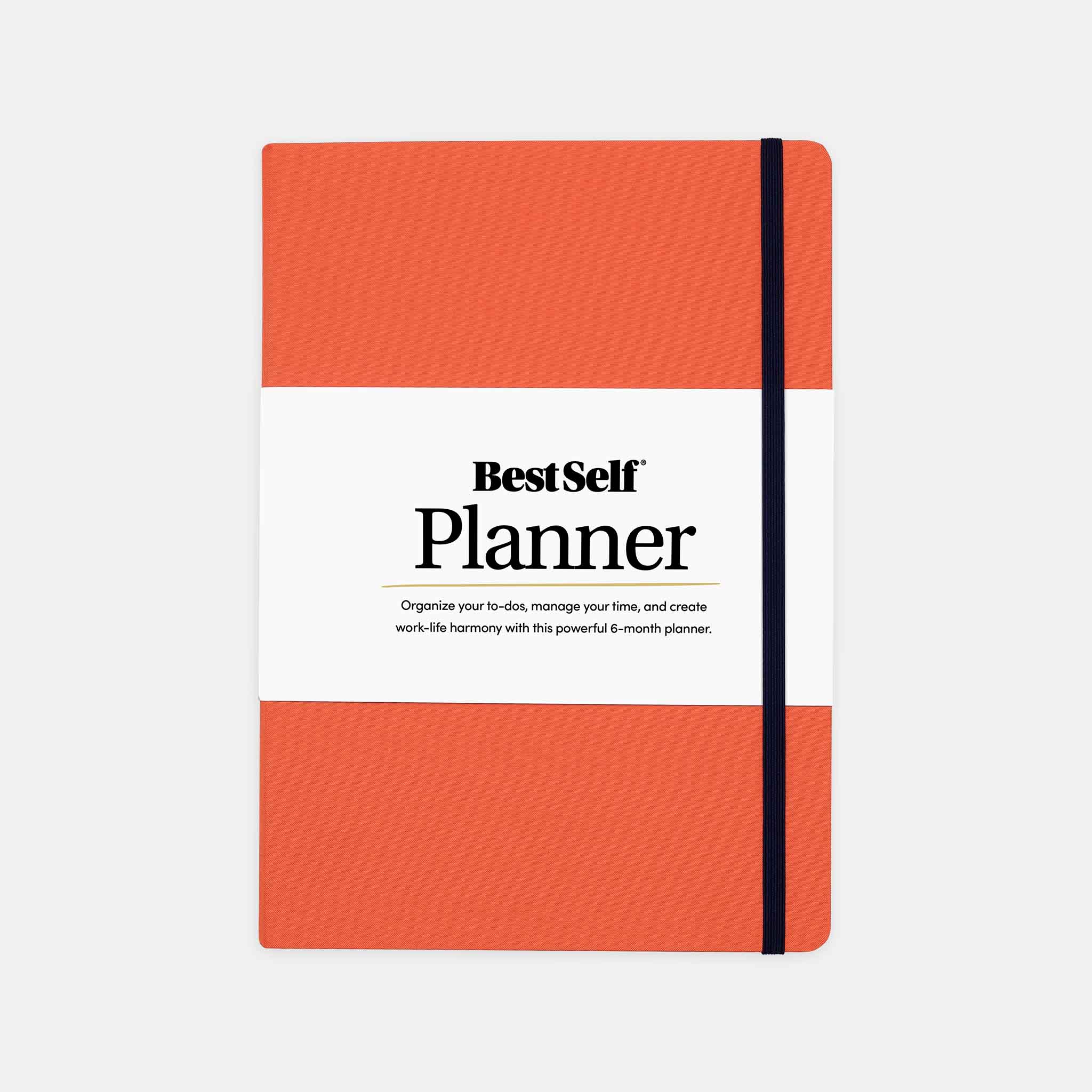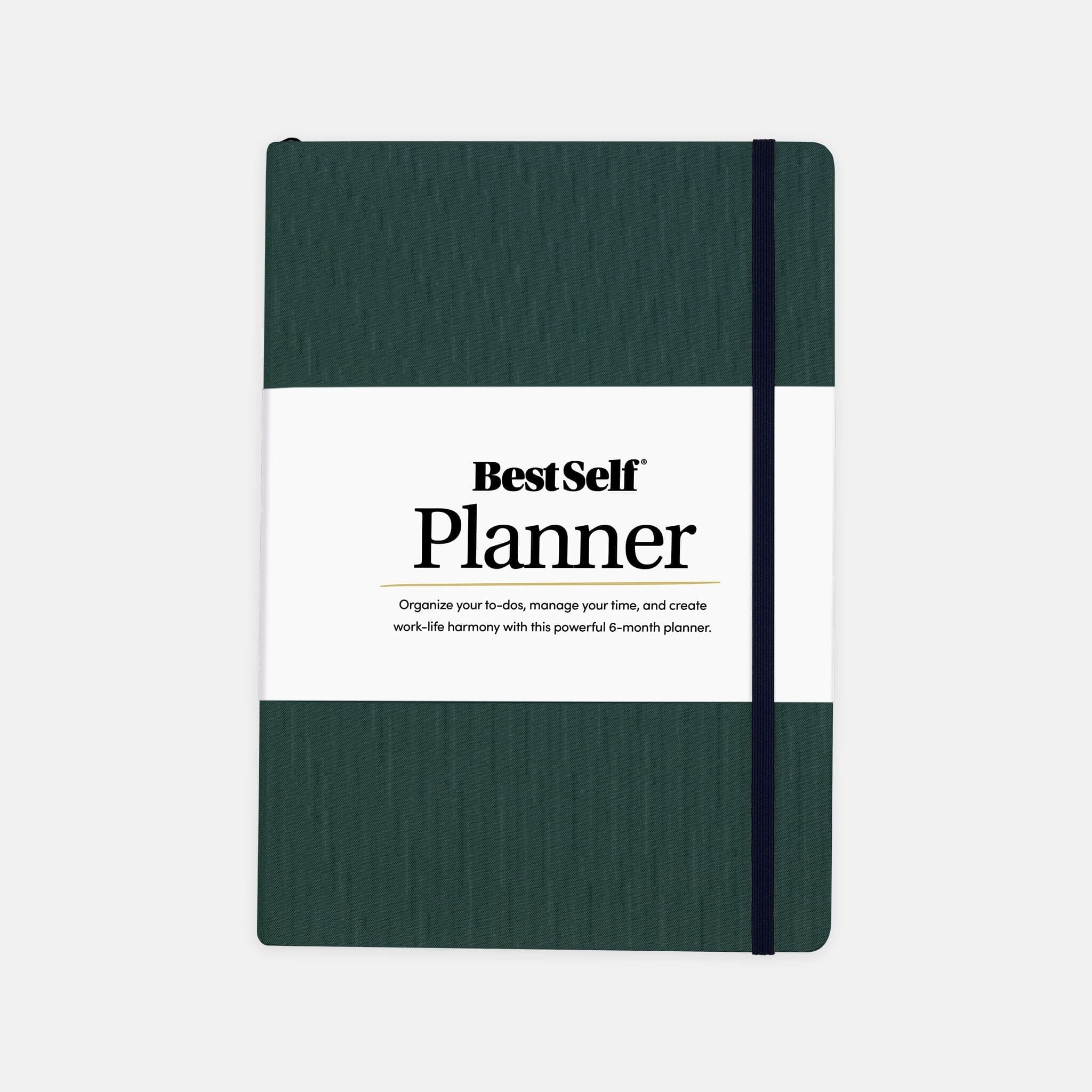There’s a lot of advice floating around on the internet when it comes to goals. You can find guides on how to set goals, which goals to avoid and even which goals are most important. What often gets left out of this discussion, however, is the question of goal types. How many different kinds of goals are there? After all, you can’t set goals if you don’t understand the types of goals available to you.
That’s why we created this overview of the six types of goals we’ve identified. These categories are flexible; some goals will fit into multiple types. We’ll start with a high-level overview of the types of goals available, and then we’ll proceed into a discussion of more specific goals. We’ll also point you to some further resources on how to set (and stick to) any goal you want to accomplish.
Don’t Set the Wrong Goal

How to Set SMART Goals

- Specific - When you set a specific goal, you articulate exactly what you want to accomplish (and how you plan to do so). You go beyond a vague intention like “I want to travel” to “I’m going to visit Greece next summer.”
- Measurable - A measurable goal is one you can quantify. This way, you can know with certainty if you’ve achieved it. This is why goals like losing weight are so popular; the scale does not lie.
- Achievable - Achievable goals are ones you can reach given your current resources and abilities. Being as rich as Elon Musk isn’t going to happen for most of us (assuming that’s a desirable goal to begin with). Extreme levels of wealth have a lot to do with luck. But you can certainly set goals to build a business, start investing and even retire early — these are far more achievable for the average person.
- Relevant - This goes back to what we touched on earlier about how to set the right goal. A relevant goal is one that aligns with your values, that will get you to where you envision without compromising the things that make life worth living.
- Time-Bound - When you plan to accomplish your goal within a set time period, it gives you both urgency and a clear direction. It also prevents you from setting open-ended goals that can stretch on forever without allowing you time to evaluate and reflect.
The 6 Types of Goals
Now that you understand how to set goals, let’s get into the different types. The categories below are useful for setting most types of goals you’d want to achieve. We’ll start with two broad categories that cover all types of goals out there, and then we’ll move into some more specific categories.1. Long-Term Goals
Your long-term goals are the ones that you might put on a bucket list. They’re the big goals that guide everything else you’re working on. They tend to be on a timeline of at least one year, and often longer.
Here are some examples of long-term goals:
- Become fluent in a language
- Publish a book
- Be a serial entrepreneur
While the amount of time to accomplish these goals might vary, they’re ones that you can’t just accomplish in less time, no matter how hard you work or how much money you have. Some things just take time.
Understanding which goals qualify as long-term and which are short-term is one of the keys to goal-setting. Luckily, as long as you follow the SMART framework, you should be able to make the distinction without difficulty.
2. Short-Term Goals
Unlike long-term goals, which guide your larger vision and can take years to accomplish, short-term goals operate on a smaller time scale. There can still be some variation, of course. A short-term goal could be something you plan to accomplish by the end of the week, such as finishing a blog post. Or, it could be a little larger in scale: finish the first draft of your book by the end of this quarter.
When it comes to setting short-term goals, you should keep the “achievable” aspect of the SMART goal framework in mind. Is this a goal you can achieve in the time you have with the current resources available to you? If not, then it may be more suitable as a long-term goal that you need to break down into more achievable short-term goals.
Now that we’ve covered these two large, meta categories of goal-setting, let’s move into more specific types of goals that cover the different areas of your life.
3. Personal Development Goals

4. Financial Goals
Next, we have financial goals, which can cover a wide range of areas. Everything from improving your daily spending habits to saving for retirement to buying your first home are part of this category. No matter the amount of money you make and what your other goals are, learning to be wise with money will make it much easier to accomplish the things you want. Therefore, it’s worth having both short- and long-term financial goals to work on.
Financial goals can overlap with areas of personal development. For example, you could set a personal goal to drink less alcohol to improve your health and a financial goal to save up for a new car. Drinking less could accomplish your personal goal while also helping you spend less money, which achieves your financial goal too.
5. Career Goals
Next up, we have career goals. This is a topic we discuss a lot on this blog: Here is an an entire post about it. First, you need to have career goals to begin with; far too many people take whatever job they can get and then hope for the best, assuming that if they stick around long enough they’ll be promoted (or at least won’t get laid off).
However, we know that as a reader of this blog you’re more ambitious than the average person. You likely have aggressive goals for your career, like quitting your 9-5 and starting your own business.
Whatever the case, the key to setting effective career goals is to remember that it’s a marathon. It’s unlikely you’ll be able to double your salary tomorrow, but you can ask for a raise. You can spend your evenings learning about new subjects that will put you on the path to a better job, or ask a more experienced coworker to mentor you in order to learn the leadership skills to move up.
And on an even smaller scale, you can set goals to increase the amount of sales you make, the number of reports you write per week or the number of new professional connections you make. Simply by setting and tracking these goals, you’ll already be on the path to a brighter future than most of your coworkers.
6. Business Goals

Hold Yourself Accountable
We hope this overview of the different types of goals has been helpful for your life journey. If you need a place to make note of these goals, then we recommend you check out the SELF Journal. It has everything you need to set (and track) goals of all sorts, ensuring you’ll finish what you start.
And if you need a daily visual reminder that you can glance at any time, you can also check out the Wall RoadMap, which helps you break your goal down into manageable weekly chunks.
Wishing you success in whatever goals you choose!























